Deskripsi
I. Pendahuluan
Dalam bidang proses industri, penutupan penggerak cepat telah muncul sebagai alat yang luar biasa dan tak ternilai. Pendahuluannya telah membawa peningkatan yang signifikan dalam industri seperti minyak, gas, dan petrokimia, menyediakan mekanisme untuk akses cepat dan aman ke kapal penekan - komponen utama dalam banyak sistem industri.
Jadi, apa sebenarnya penutupan penggerak cepat? Bayangkan pintu yang aman ke lingkungan bertekanan tinggi, pintu yang dapat dibuka dan ditutup dengan cepat, meminimalkan downtime dan meningkatkan efisiensi operasional. Justru apa yang dilakukan penutupan penggerak yang cepat. Ini adalah jenis khusus sistem penutupan yang dirancang untuk kapal bertekanan seperti pipa dan tangki. Tidak seperti penutupan tradisional yang dibaut, yang dapat memakan waktu dan padat karya untuk beroperasi, penutupan penggerak cepat dapat dibuka dan diamankan dengan cepat dan mudah, menjadikannya alat penting dalam berbagai pengaturan industri.
Ii. Memahami penutupan penggerak cepat
Penutupan yang menggerakkan dengan cepat adalah keajaiban teknik, yang dirancang untuk kuat, efisien, dan aman. Untuk sepenuhnya menghargai kemampuannya, penting untuk memahami strukturnya dan interaksi komponennya.
Penutupan penggerak cepat terdiri dari beberapa bagian utama: pintu penutupan, segel, mekanisme penguncian, dan seringkali alat peringatan tekanan. Komponen -komponen ini bersatu untuk membentuk sistem penutupan yang andal dan efisien untuk pembuluh tekanan.
Itu pintu penutupan adalah komponen utama yang menyediakan akses ke interior bejana tekanan. Ini dirancang untuk menahan tekanan tinggi dan biasanya dibangun dari bahan tahan lama seperti baja. Pintu penutupan dapat mengambil berbagai bentuk dan bentuk, tergantung pada desain dan persyaratan spesifik dari bejana tekanan.
Itu segel sangat penting untuk mempertahankan integritas bejana tekanan. Itu terletak di antara pintu penutupan dan tubuh kapal, mencegah kebocoran cairan atau gas yang terkandung. Segel harus sangat tangguh untuk menahan variasi tekanan dan kondisi keras di dalam bejana tekanan.
Itu mekanisme penguncian mengamankan pintu penutupan di tempatnya. Ini bisa berupa sistem handwheel atau tuas sederhana atau sistem mekanik atau hidrolik yang lebih kompleks. Keindahan penutupan penggerak cepat terletak pada kemudahan dan kecepatan yang dapat dioperasikan oleh mekanisme penguncian ini.
Akhirnya, banyak penutupan penggerak cepat menggabungkan a perangkat peringatan tekanan. Fitur keselamatan ini mengingatkan operator untuk setiap tekanan residu di dalam kapal sebelum penutupan dibuka, membantu mencegah kecelakaan.
Memahami komponen -komponen ini dan fungsinya adalah kunci untuk menghargai kecerdikan penutupan penggerak cepat dan nilainya dalam proses industri. Pada bagian selanjutnya, kami akan menjelaskan bagaimana komponen -komponen ini bekerja bersama untuk memfasilitasi pengoperasian penutupan penggerak cepat.
AKU AKU AKU. Bagaimana cara menggerakkan penutupan bekerja
Memahami operasi penutupan penggerak cepat sangat penting bagi mereka yang menggunakannya dalam operasi harian mereka. Penutupan ini telah dirancang dengan pertimbangan kesederhanaan dan efisiensi, yang terbukti dalam proses operasi mereka.
Langkah 1: Pemeriksaan Keamanan
Sebelum penutupan penggerak cepat dioperasikan, sangat penting untuk melakukan pemeriksaan keselamatan. Ini biasanya termasuk memastikan bahwa tekanan di kapal telah benar -benar lega. Sebagian besar penutupan penggerak cepat datang dengan perangkat peringatan tekanan bawaan yang memberi tahu operator jika ada tekanan residu yang terdeteksi.
Langkah 2: Membuka kunci penutupan
Setelah pemeriksaan keamanan selesai, langkah selanjutnya adalah membuka kunci penutupan. Ini biasanya dilakukan dengan memutar handwheel atau tuas, yang melepaskan sistem penguncian mekanis. Ini adalah tindakan sederhana dan cepat yang tidak memerlukan alat khusus.
Langkah 3: Membuka penutupan
Dengan sistem penguncian yang dilepaskan, penutupan sekarang dapat dibuka. Tergantung pada desainnya, ini mungkin melibatkan memutar pintu penutupan, mengayunkannya terbuka, atau mengangkatnya. Kemudahan dan kecepatan langkah ini membedakan penutupan menggerakkan cepat dari penutupan tradisional yang dibaut.
Langkah 4: Mengakses kapal tekanan
Dengan penutupan penutupan, operator sekarang dapat mengakses interior kapal penekanan untuk diperiksa, pemeliharaan, atau pembersihan.
Langkah 5: Menutup dan Mengunci Penutupan
Setelah pekerjaan yang diperlukan di dalam kapal tekanan selesai, penutupan dapat ditutup dan dikunci. Ini biasanya melibatkan membalikkan proses pembukaan: memposisikan pintu penutupan kembali ke tempatnya, mengamankannya, dan kemudian melibatkan sistem penguncian mekanis melalui handwheel atau tuas.
Langkah 6: Pemeriksaan Keselamatan Akhir
Setelah penutupan diamankan, pemeriksaan keamanan akhir dilakukan untuk memastikan penutupan disegel dengan benar dan aman untuk kembali beroperasi.
 Iv. Aplikasi penutupan penggerak cepat
Iv. Aplikasi penutupan penggerak cepat
Penutupan menggerakkan cepat adalah perangkat yang serba guna, menemukan penggunaan di beragam industri dan aplikasi. Kemampuan mereka untuk mengamankan kapal penekan dengan cepat dan aman menjadikan mereka pilihan yang disukai untuk banyak skenario. Di sini, kami mempelajari beberapa sektor utama di mana perangkat ini terbukti sangat diperlukan.
1. Industri minyak dan gas
Dalam industri minyak dan gas, penutupan penggerak cepat umumnya digunakan dalam pipa dan tangki penyimpanan. Komponen -komponen ini sangat penting untuk mengangkut dan menyimpan minyak mentah dan gas alam dengan aman. Penutupan memungkinkan akses mudah selama inspeksi rutin, pemeliharaan, dan situasi darurat, sehingga meningkatkan efisiensi dan keamanan operasional.
2. Industri Petrokimia
Industri petrokimia melibatkan pemrosesan berbagai bahan kimia di bawah tekanan tinggi. Penutupan penggerak cepat digunakan dalam reaktor, pemisah, dan kapal tekanan lainnya yang terlibat dalam proses ini. Operasi mereka yang cepat dan aman sangat penting dalam menjaga integritas sistem ini dan memastikan keamanan operator.
3. Pembangkit Listrik
Pada pembangkit pembangkit listrik, terutama yang menggunakan turbin uap atau gas, penutupan penggerak cepat digunakan dalam boiler dan generator uap pemulihan panas. Mereka memberikan akses cepat untuk inspeksi dan pemeliharaan, membantu meminimalkan downtime dan mempertahankan efisiensi proses pembangkit listrik.
V. Keuntungan dari penutupan penggerak cepat
Penutupan aktuasi cepat menawarkan serangkaian keuntungan yang signifikan yang menjadikannya aset dalam operasi apa pun yang melibatkan kapal tekanan. Mereka meningkatkan keamanan melalui fitur seperti perangkat peringatan tekanan, yang membantu mencegah kecelakaan dari pembukaan prematur. Desain mereka memungkinkan akses cepat dan mudah ke interior kapal, mengurangi downtime dan biaya tenaga kerja dibandingkan dengan penutupan baut tradisional. Terbuat dari bahan yang tahan lama, penutupan ini dibangun untuk menahan kondisi operasi yang keras, memastikan umur panjang. Sifat serbaguna mereka membuat mereka cocok untuk berbagai industri, dari minyak dan gas hingga pemrosesan makanan. Selain itu, desain sederhana mereka mengurangi tantangan perawatan, berkontribusi pada keandalannya secara keseluruhan. Secara keseluruhan, penutupan penggerak cepat memberikan solusi yang efisien, aman, dan hemat biaya untuk akses dan penyegelan kapal tekanan.
VI. Kesimpulan
Memahami struktur, operasi, dan keuntungan dari penutupan penggerak cepat sangat penting bagi industri yang bergantung pada kapal tekan. Penutupan ini, yang memanfaatkan kombinasi bahan yang kuat dan desain pintar, merupakan bukti inovasi dalam rekayasa industri. Operasi sederhana namun efisien meningkatkan efisiensi keamanan dan operasional sambil mengurangi persyaratan tenaga kerja dan pemeliharaan.
Dari pipa minyak dan gas hingga kapal pengolahan makanan dan autoklaf farmasi, penutupan penggerak cepat telah menemukan tempat mereka di seluruh spektrum industri. Kemampuan mereka untuk menahan tekanan dan suhu tinggi, ditambah dengan operasi mereka yang cepat dan aman, menjadikan mereka pilihan yang disukai daripada penutupan tradisional yang dibaut.
Sebagai kesimpulan, penutupan penggerak cepat adalah alat vital untuk setiap operasi kapal tekanan. Berbagai keuntungan mereka, termasuk peningkatan keselamatan, pengurangan waktu henti, penghematan tenaga kerja, dan pemeliharaan yang mudah, menjadikannya aset yang sangat diperlukan. Ketika industri terus berkembang dan menuntut solusi yang lebih efisien dan lebih aman, peran penutupan penggerak cepat diatur untuk menjadi lebih menonjol.

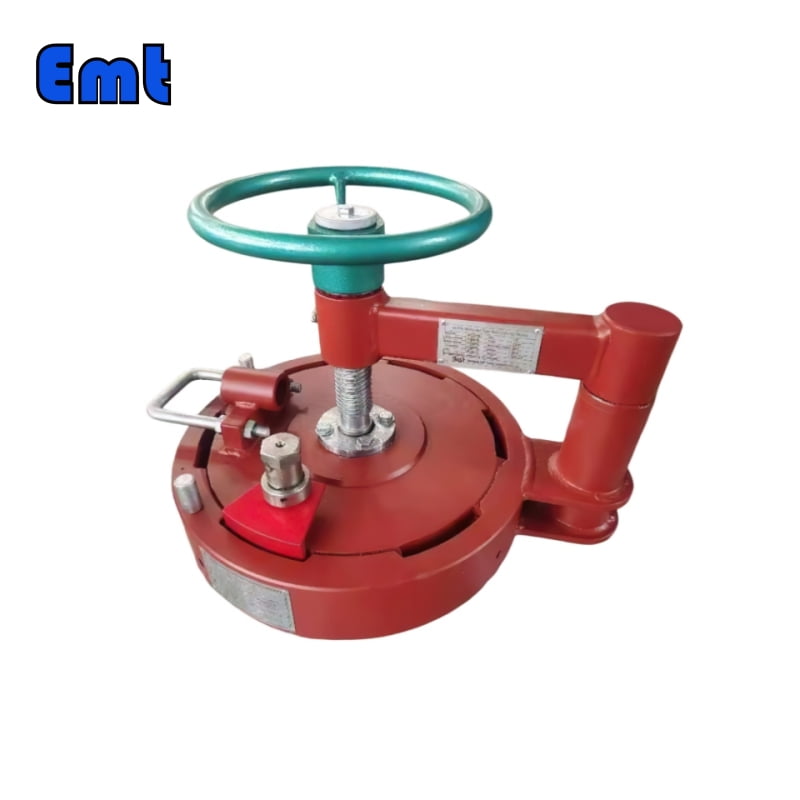
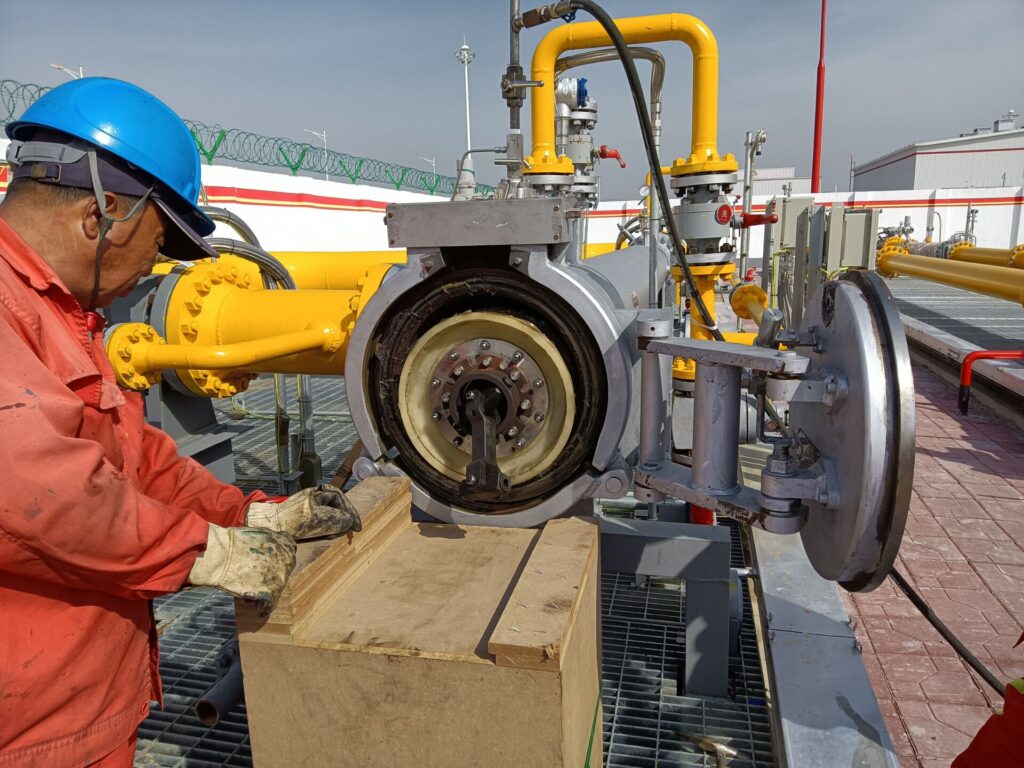
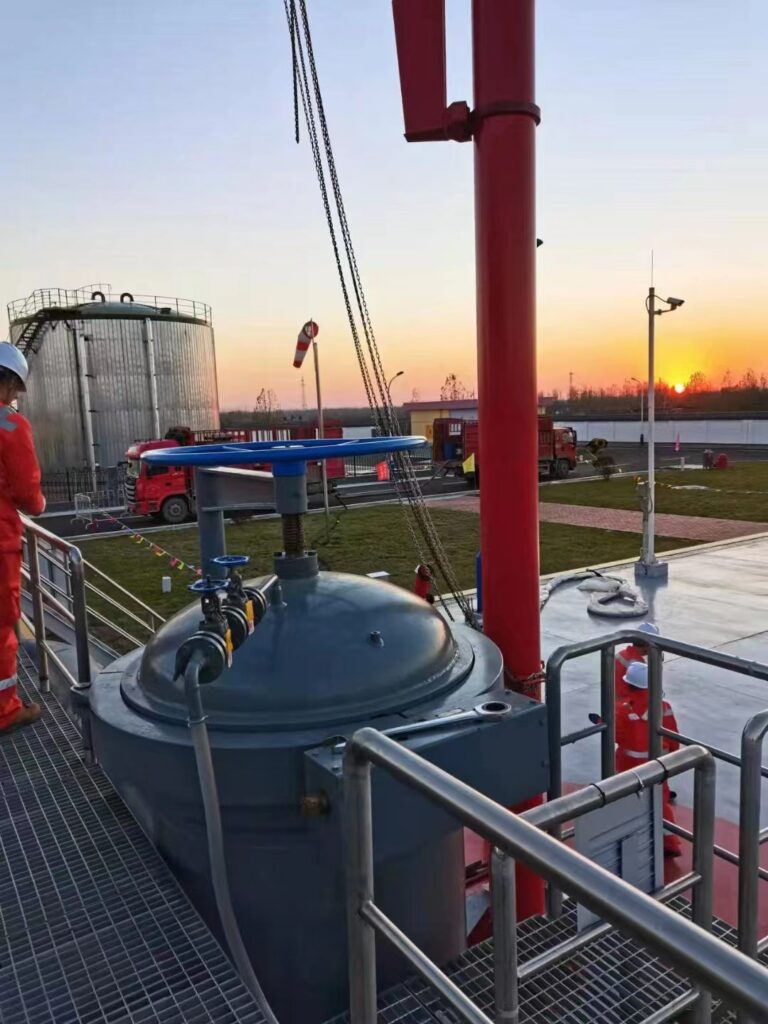
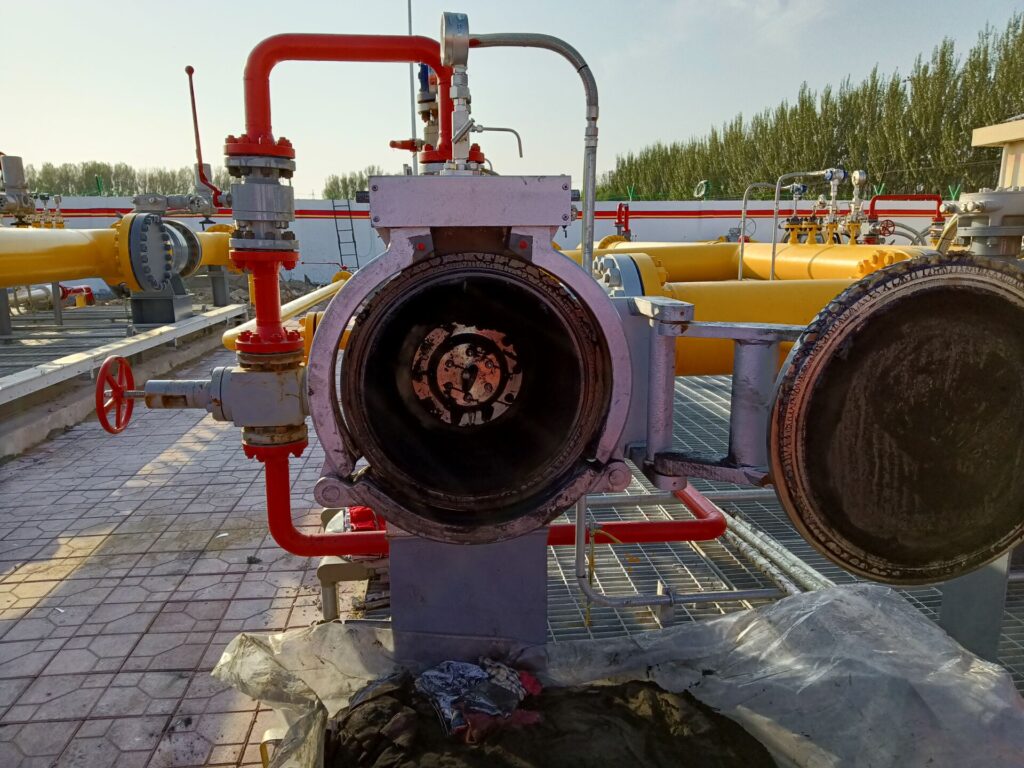 Iv. Aplikasi penutupan penggerak cepat
Iv. Aplikasi penutupan penggerak cepat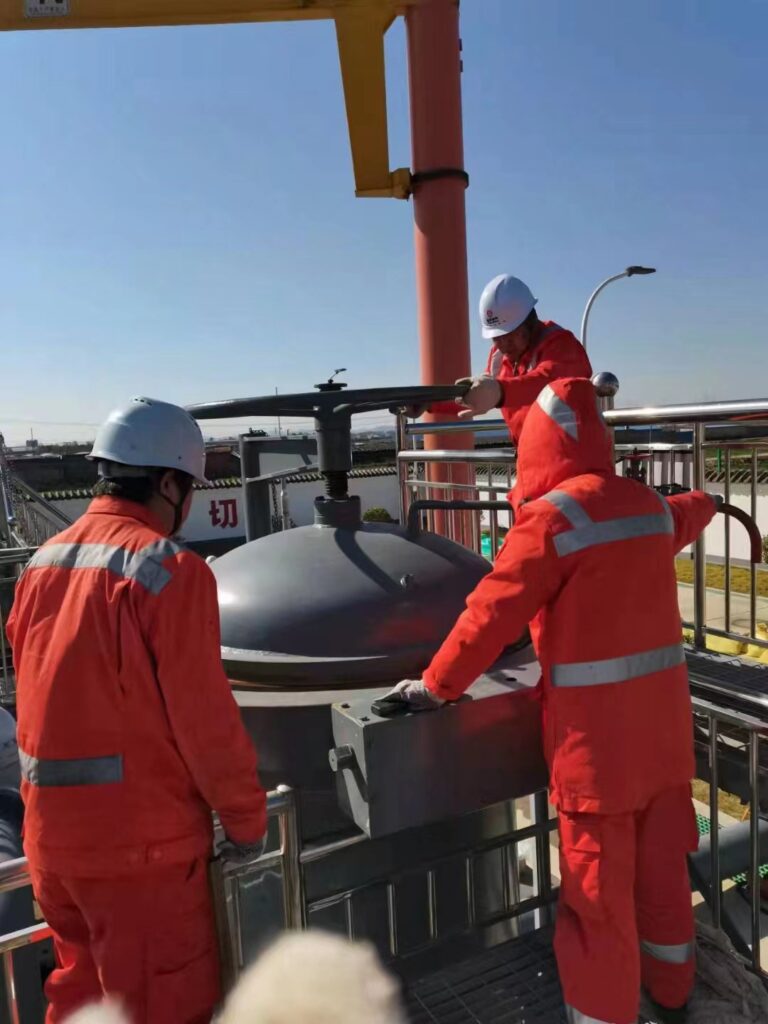
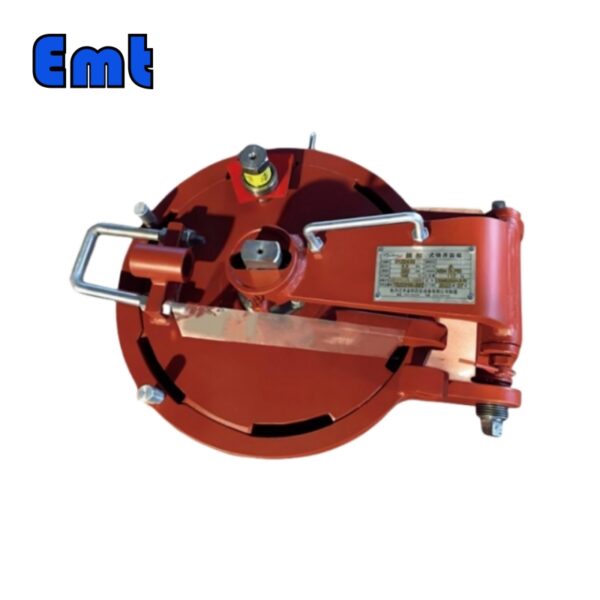
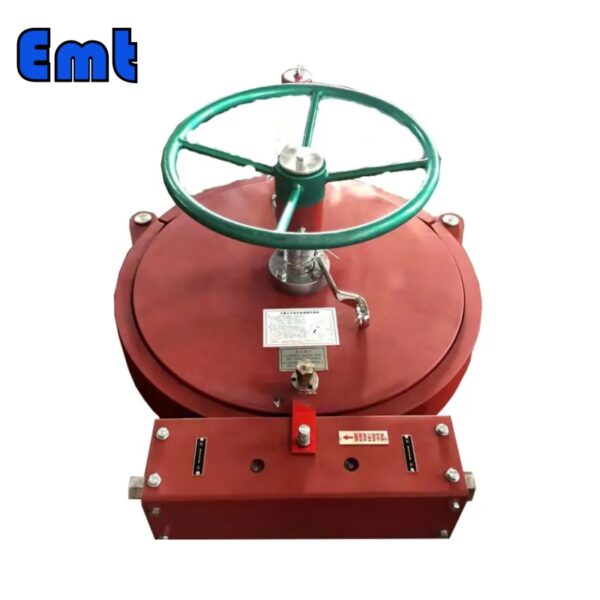
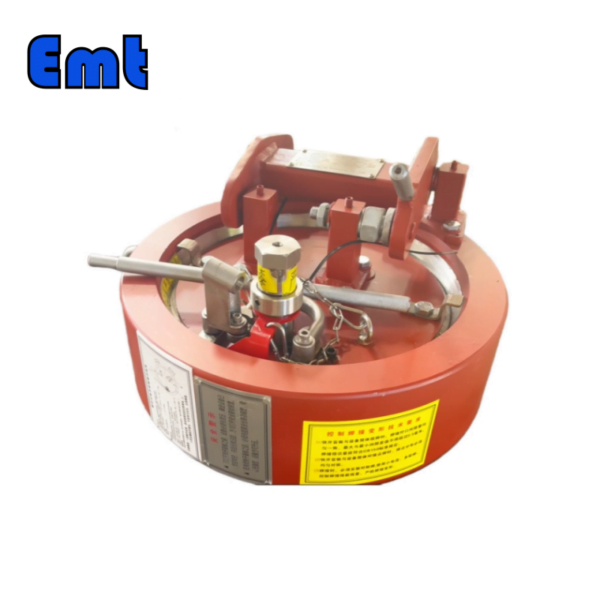
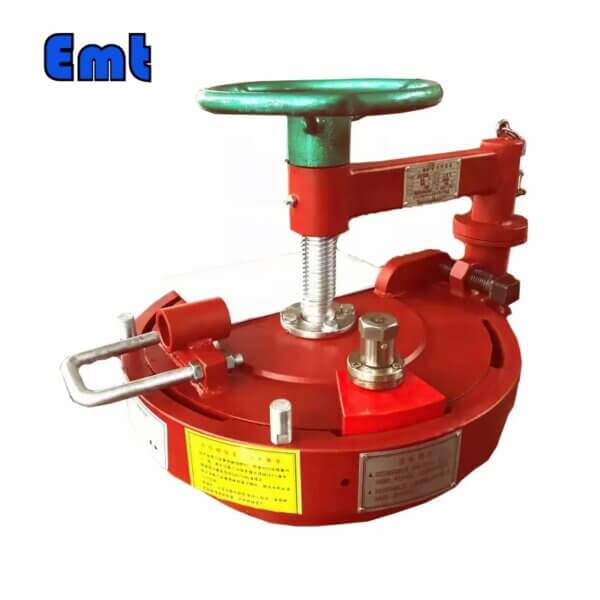
Ulasan
Belum ada ulasan.